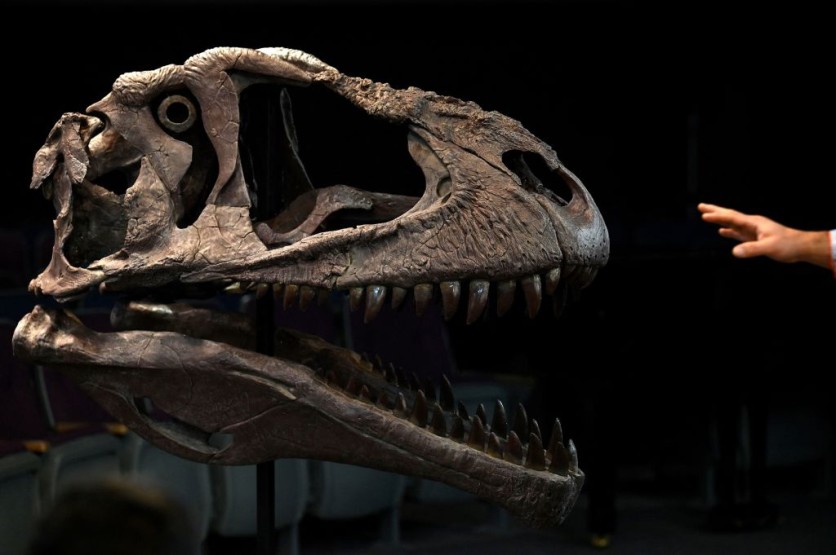Paleontologists in Argentina have uncovered a new herbivorous dinosaur species known as Chakisaurus nekul, a fast-running creature that roamed Patagonia during the Late Cretaceous period, approximately 90 million years ago, according to a report by Reuters.

Fast-Running Herbivore Dinosaur
The fossilized remains of Chakisaurus nekul were discovered within the Pueblo Blanco Natural Reserve, situated in Rio Negro, a region renowned for its rich fossil deposits that have unveiled various mammal, turtle, fish, and dinosaur species.
Chakisaurus nekul, estimated to have reached lengths of 2.5 to 3 meters (8 to 10 feet) and standing at about 70 centimeters tall (27 inches), exhibited unique characteristics indicative of its agility and speed. Notably, this bipedal herbivore possessed an atypically curved tail, a trait uncommon among dinosaurs.
Rodrigo Alvarez, the study's lead author, highlighted the significance of Chakisaurus nekul's physical attributes, stating that its downward-curving tail was a novel feature in these animals.
According to the team, this adaptation likely facilitated maneuverability and balance, crucial for evading predators in its habitat.
The dinosaur's name, Chakisaurus nekul, derives from indigenous languages. "Chaki" originates from the Aonikenk language, referring to an "old guanaco," an herbivorous mammal native to the region. "Nekul" stems from the Mapudungún language, denoting "fast" or "agile."
"A New Ornithopod"
Sebastián Rozadilla, co-author of the study, told Reuter that Chakisaurus nekul has robust hind limbs and tail anatomy, allowing efficient lateral movement during rapid locomotion.
The discovery of Chakisaurus nekul dates back to 2018 when Argentine paleontologists unearthed the fossil specimens with support from the National Geographic Society.
The study describes Chakisaurus nekul as the first ornithischian species discovered in the Huincul Formation, an Upper Cretaceous geological formation within the Pueblo Blanco Natural Reserve.
This new species, classified within the elasmarian ornithopods group, exhibits distinctive anatomical features, including humeral morphology similar to smaller elasmarian ornithopods like Anabisetia and Notohypsilophodon.
The discovery of Chakisaurus nekul contributes valuable insights into the diversity and evolution of ornithischian dinosaurs in Patagonia during the Late Cretaceous period.
This finding also underscores the region's significance as a paleontological treasure trove and highlights researchers' ongoing efforts to unravel the mysteries of prehistoric life.
The study, titled "A new ornithopod from the Upper Cretaceous (Huincul Formation) of northwestern Patagonia, Argentina: Implications on elasmarian postcranial anatomy," was published in the journal Cretaceous Research.
Related Article : Archaeologists Say Indonesia's Ancient Structure Could Be World's Oldest Pyramid Built by Human Hands


![Apple Watch Series 10 [GPS 42mm]](https://d.techtimes.com/en/full/453899/apple-watch-series-10-gps-42mm.jpg?w=184&h=103&f=9fb3c2ea2db928c663d1d2eadbcb3e52)


